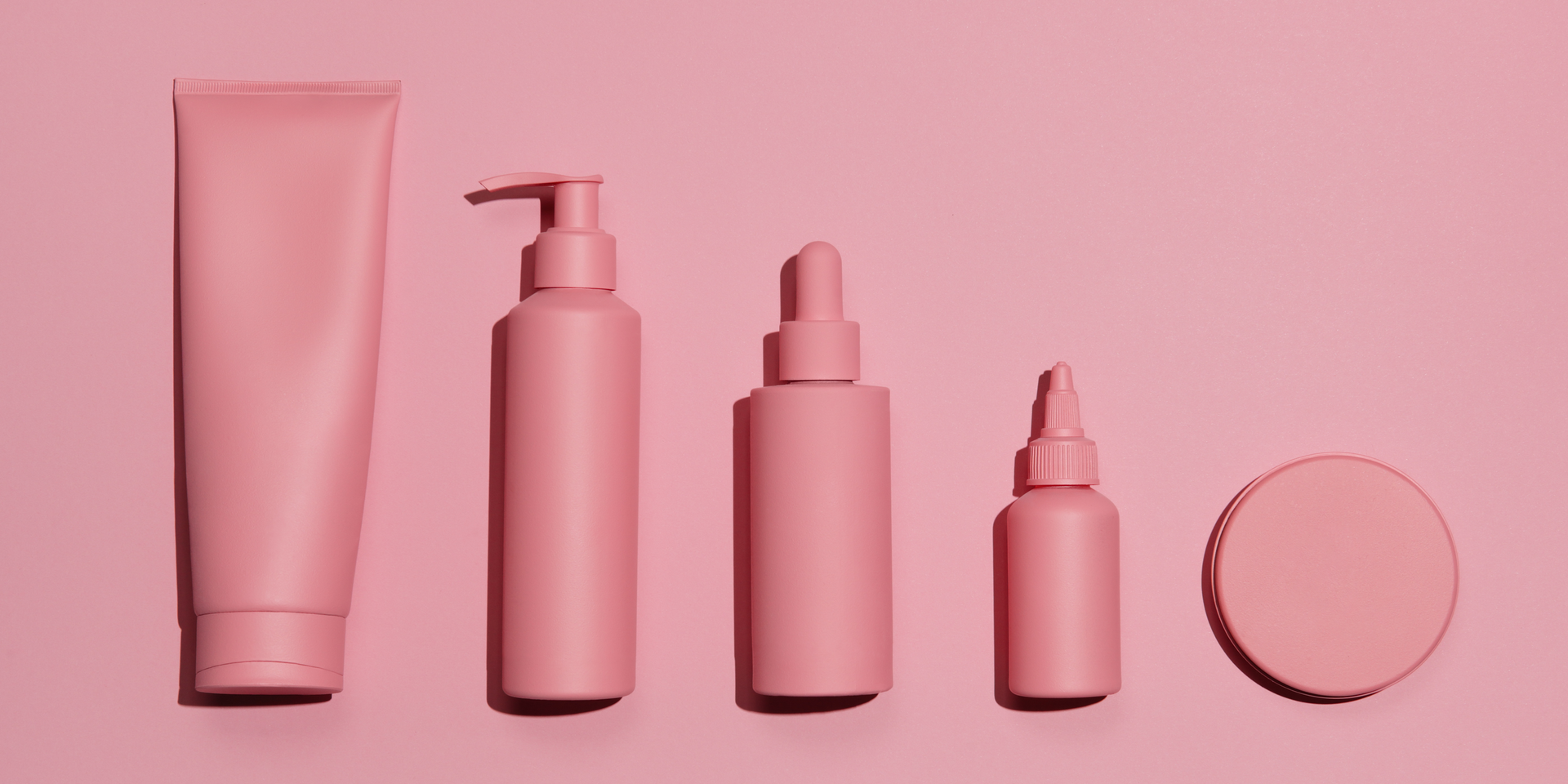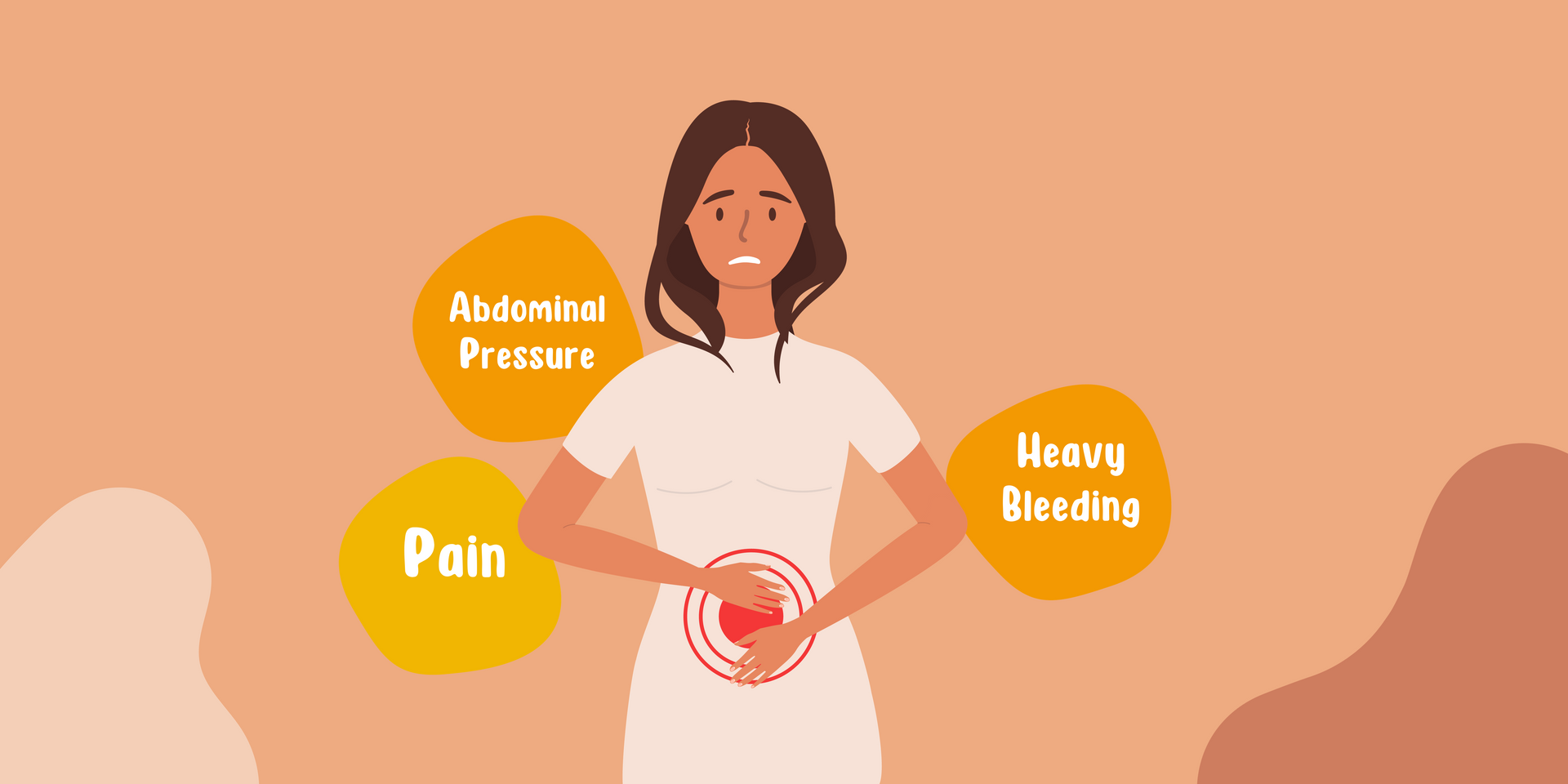Gentle Yoga for the Pelvic Floor
The pelvic floor is a group of muscles located at the bottom of the pelvis that supports organs such as the bladder, uterus, and rectum. However, these muscles can become weakened due to pregnancy, childbirth, menopause, and aging, resulting in pelvic floor disorders (PFDs), including urine incontinence and pelvic discomfort. Pain can be improved, pelvic floor muscle function can be enhanced, and general well-being can be boosted via the practice of yoga, which includes connecting breath to movement, allowing you to mindfully connect with the pelvic floor to promote relaxation and strengthen the pelvic floor muscles. When it comes to the pelvic floor, gentle yoga has several benefits, one of the most important being increased circulation and blood flow, which aid in healing, decrease inflammation, and enhance overall function. [i] Women can further strengthen their mind-body connection through yoga by paying attention to their breathing and the sensations in their bodies. By increasing their awareness of their pelvic floor muscles, women can train themselves to better control and regulate muscle tone as necessary by implementing yoga techniques in their daily lives. The following are a few examples of yoga movements:
The Breath and Your Body | Video #1
The practice of yoga relies heavily on the breath. It has been shown to significantly enhance pelvic floor wellness. During diaphragmatic breathing (also known as "belly breathing"), you breathe through the nose until the lungs are full, then slowly release air through the mouth. This method helps ease discomfort by relaxing the muscles in the pelvic floor while activating the calming aspect of the nervous system. [ii] To practice, lie down in the supine position on the floor. Place one hand on your chest and the other on your belly. Visualize your stomach inflating like a balloon as you take a deep breath and deflating as you let it out. Breathe in a natural, relaxed manner without trying too hard.
Connecting Breath to Movement | Video #2
The pelvic floor muscles can be activated and relaxed by synchronizing breathing with pelvic movement. The combination of breathing techniques and movements of the pelvis, such as tucking and untucking the tailbone while lying down in the supine position, can improve pelvic floor health if practiced regularly. Movements of the pelvis in yoga, such as anterior (forward) and posterior (backward) pelvic tilts, increase both flexibility and range of motion. When you tilt your pelvis forward, it creates space in front of your hips and helps relax your pelvic floor muscles. Posterior pelvic tilting strengthens and stabilizes the pelvic region by engaging the pelvic floor muscles. The deep abdominal muscles and the pelvic floor are stretched with these movements, leading to increased strength, stability, and support.
Cat-Cow Variations | Video #3
The Cat-Cow pose involves alternating between the Cat and Cow positions of the spine. The pelvic floor muscles stretch and lengthen as you move into the Cow position (spinal extension), which is a mild backbend, and the pelvic floor muscles activate and engage as you move into the Cat position (spinal flexion), which is characterized by rounding the back. The Cat-Cow pose assists in strengthening and toning the pelvic floor through its rhythmic stimulation and relaxation of the pelvic floor muscles. Spinal extension is timed with an inhale, while spinal flexion is timed with an exhale. Integrating breath with movement strengthens the mind-body connection and increases the pose's benefits. In this video section, I demonstrate two variations of the pose to enhance relaxation and flexibility.
Child's Pose | Video #4
Child's pose is a gentle yoga pose that can be modified for people with pelvic floor issues to meet the individual's flexibility level. During this pose, the hips are lowered toward the heels, the knees are spread wide apart, and the toes are kept together. The head is then brought down to the floor as the upper body leans forward. The pelvic floor muscles get a nice, gentle stretch, and any tension or tightness in the area is released. The pelvic floor muscles lengthen and relax when the body is in a kneeling position with the hips resting on the heels. The Child's pose boosts circulation in the pelvic region by gently compressing the abdomen and pelvis, providing the pelvic floor muscles with more of the oxygen and nutrients they need to thrive.
Closing | Video #5
Breathing techniques, such as the Cat-Cow and Child's poses, have been shown to have positive effects on pelvic floor muscle strength and flexibility, pain and stress relief, and overall well-being. To ensure a safe and effective practice, it is essential to work with a trained yoga instructor who understands pelvic floor anatomy and offers modifications and adjustments as necessary. Additionally, individuals with pelvic floor issues or conditions should consult with a healthcare provider or pelvic floor physical therapist before beginning a yoga practice to ensure it is safe and appropriate for their specific needs.
[i] Li Q. The effects of yoga exercise on pelvic floor rehabilitation of postpartum women. J Healthc Eng. 2022 Jan 25;2022:1924232. doi: 10.1155/2022/1924232. PMID: 35126906; PMCID: PMC8808187.
[ii] Toprak N, Sen S, Varhan B. The role of diaphragmatic breathing exercise on urinary incontinence treatment: A pilot study. J Bodyw Mov Ther. 2022 Jan 29;2022:146-153. doi: 10.1016/j.jbmt.2021.10.002. Epub 2021 Oct 20. PMID: 35248263.




Contact Us
Thank you for joining my email list.
Oops, there was an error. Please try again later.
Copyright 2023 Dr. Shanee' Porter

